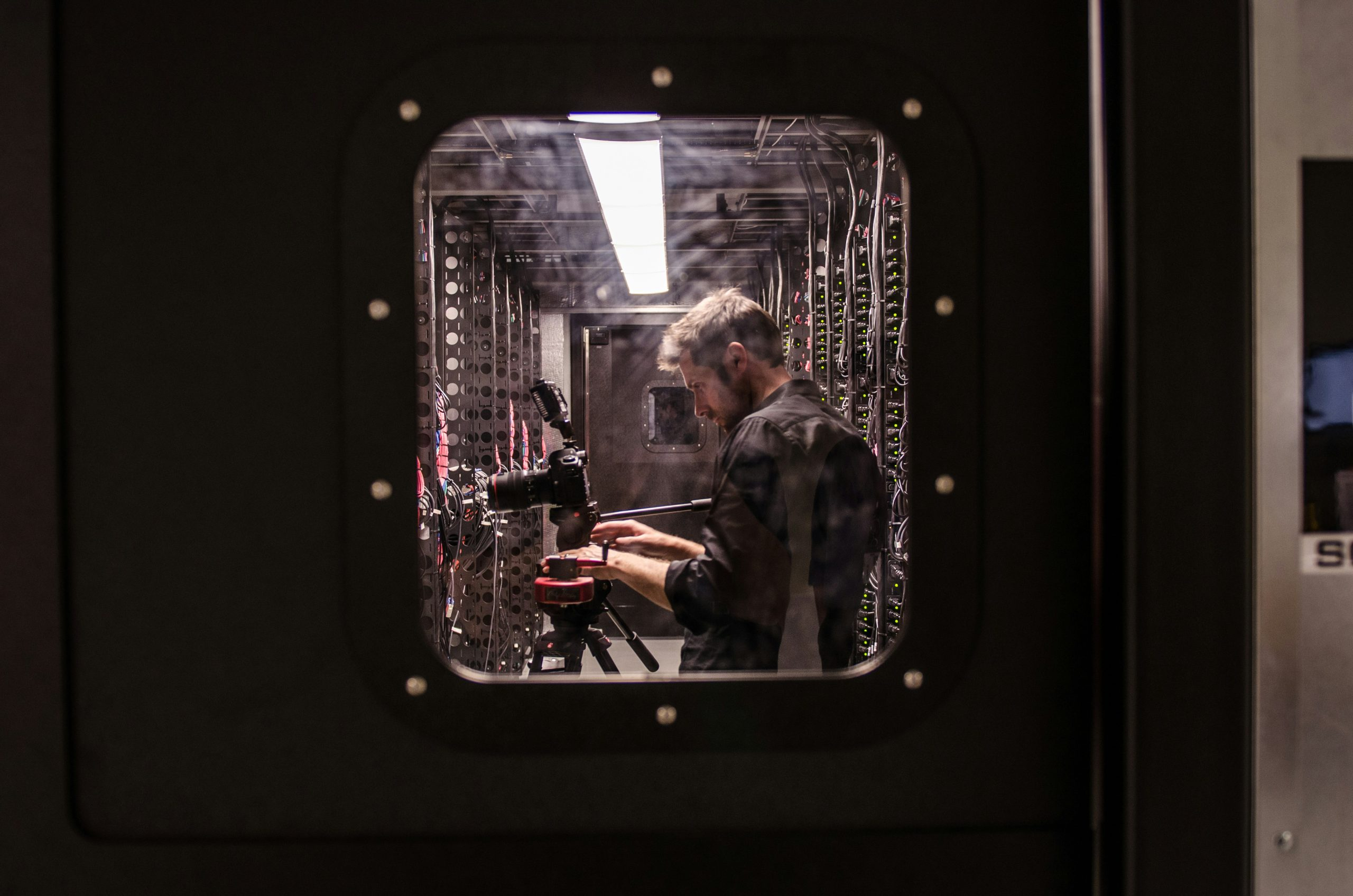Why Educational Technology Integration Requires New Training
The world of education has seen a rapid transformation in recent years, thanks to the continuous advancements in technology. From interactive whiteboards to online learning platforms, educational technology has revolutionized the way students learn and teachers teach. However, with these advancements comes the need for new training for educators. Traditional teaching methods are no longer enough, and teachers need to adapt to new teaching strategies and tools to effectively integrate technology into their classrooms. In this article, we will explore why educational technology integration requires new training and how it can better prepare teachers for the ever-changing digital landscape of education.
The Importance of Training for Educational Technology Integration
As technology becomes an integral part of our daily lives, it is essential to incorporate it into the education system. Teachers need to stay updated on the latest technology trends and learn how to use them effectively to enhance learning. However, many educators lack the necessary training to integrate technology into their classrooms successfully. According to a survey by Common Sense Media, only 17% of teachers feel very well prepared to use technology in the classroom.
Without proper training, teachers may struggle to incorporate technology into their lesson plans, leading to ineffective and inefficient use of the tools. This not only affects student learning but also causes frustration for teachers who may feel overwhelmed by the expectations of technology integration. Therefore, it is crucial to provide teachers with adequate training to ensure that they can use educational technology to its full potential.
Technology is Constantly Evolving
The integration of technology in education is a continuous process. New tools and platforms are constantly being developed, and educators need to stay updated to effectively incorporate them into their teaching. Without proper training, teachers may find it challenging to keep up with these advancements or may not even be aware of their existence. As a result, they may continue using outdated and less effective technology, hindering the learning experience for their students.
Moreover, technology is not limited to a specific subject or grade level. Teachers in all subjects and all grade levels need to be equipped with the necessary skills to use technology effectively. For instance, a math teacher may need to use interactive tools and simulations to better explain mathematical concepts, while an English teacher may need to use online writing tools to improve students’ writing skills. This requires training that is tailored to the specific subject and grade level, and generic training may not be sufficient.
Improves Student Engagement and Learning Outcomes
Educational technology has the power to make learning more engaging and interactive for students. It provides students with new and exciting ways to learn, such as virtual field trips, educational games, and multimedia presentations. However, to use these tools effectively, teachers need to be trained on how to incorporate them into their lessons and how to use them to enhance student learning.
Proper training also allows teachers to adapt their teaching methods to better suit the needs of their students. Technology enables teachers to personalize learning for each student, making it more effective and engaging. With the right training, teachers can use technology to create individualized learning plans that cater to the unique needs and learning styles of their students, resulting in improved learning outcomes.
The Role of Professional Development in Technology Integration
Professional development is essential in preparing teachers for educational technology integration. It provides them with the opportunity to learn new skills, experiment with new tools, and collaborate with other educators. However, it is not enough to have a one-off training session on technology integration. Continuous professional development on technology is crucial to keep teachers updated with the latest advancements and to ensure they are using technology effectively in their classrooms.
Conclusion
Educational technology is transforming the education system, and it is here to stay. To make the most of its potential, teachers need to be adequately trained in its use and implementation. Proper training not only helps teachers use technology more effectively but also improves student engagement and learning outcomes. Technology integration is an ongoing process, and teachers need continuous professional development to keep up with its rapid advancements. Only with proper training can we unleash the full potential of educational technology and provide students with a modern and effective learning experience.











